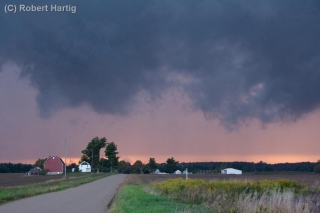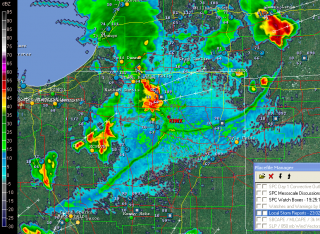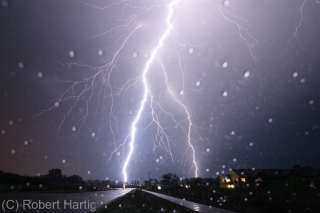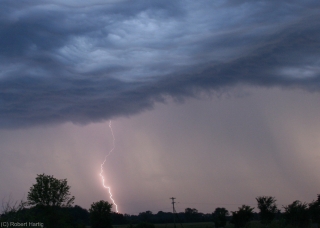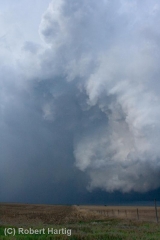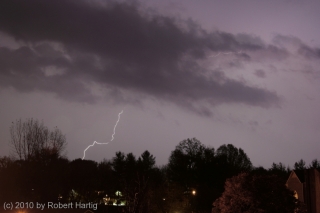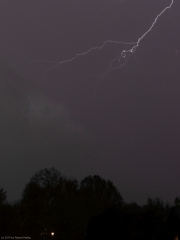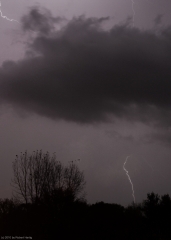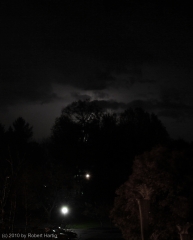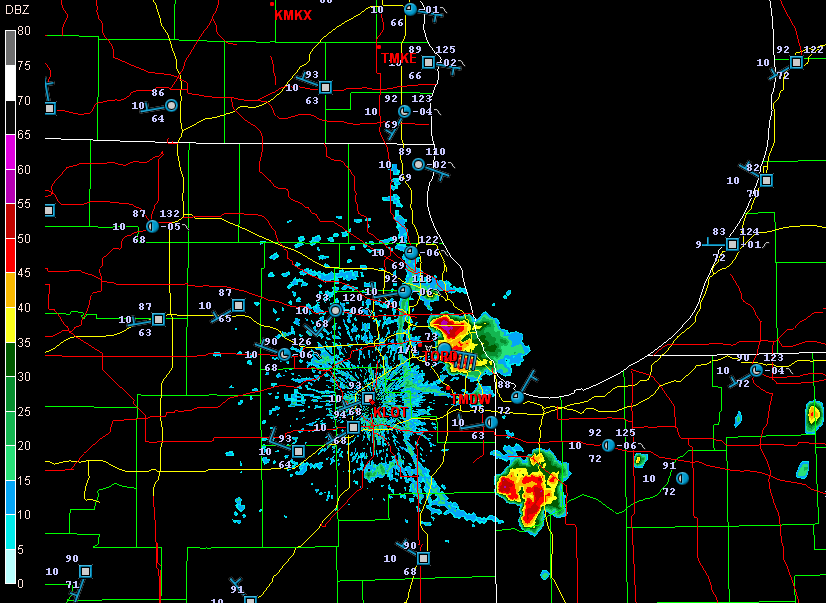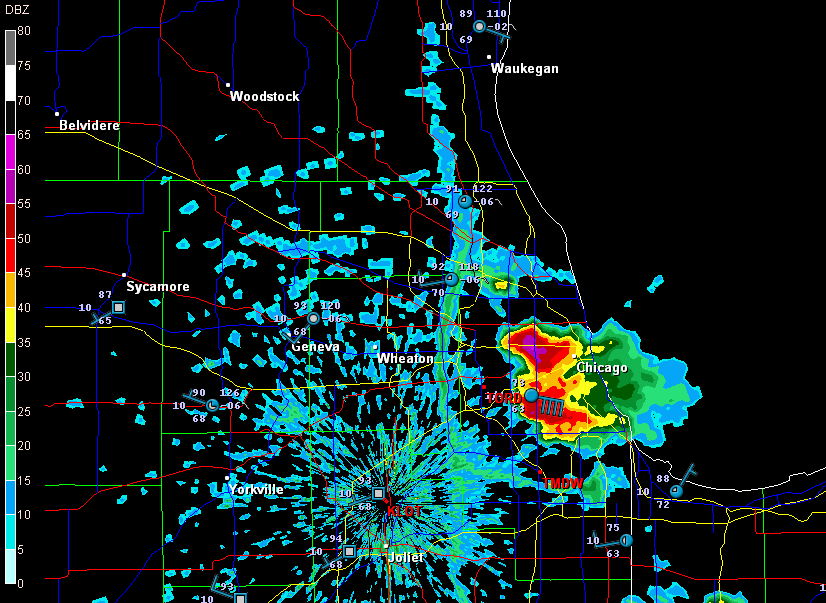Last weekend my best male friend, Dewey (aka Duane, aka The Scurvy Rascal), and I headed up to a hunting camp in the backwoods of Kalkaska, Michigan, for a weekend retreat. It was a time of refreshing for both of us: a time of reconnecting and confirming our friendship after a season, for each of us, of being hammered on by life; a time of drinking good craft beer and Scotch whiskey, and eating steaks cooked over an open fire; a time of hunting, and shooting clays, and blasting away with assorted pistols, including my favorite, a model 1911 .45; and a time of prayer, and reading the Bible, and talking about our passion for God, our beloved women, and life in general. A good, good time.
I drove up to Dewey’s home in Stanton Thursday evening. My laptop came with me, but I had suspended my data account with Verizon, and for some reason I was unable to access Duane’s router. With storms in the forecast, naturally I wanted to know what the radar had to show. So Dewey pulled up KGRR on his laptop, and Bingo! A nice line was moving toward Stanton and looked to arrive within a half-hour.
What the heck. I hopped in my car and took off, intent on finding a picturesque sweep of open landscape where I could watch the storm move in. As you can tell from the images on this page, I found one.
The storm was not nearly as formidable as it looks. It provided a nice bit of wind and a brief downpour; mostly, though, it was beautiful and offered a treat for the eyes. The setting sun filtered in low behind the cloud base, shining its rose-colored light through a curtain of rain and illuminating the backsides of gray, steamy towers.
But why am I talking like this? Here, see for yourself. The photos are in sequence; click on them to enlarge them, and enjoy the view.
